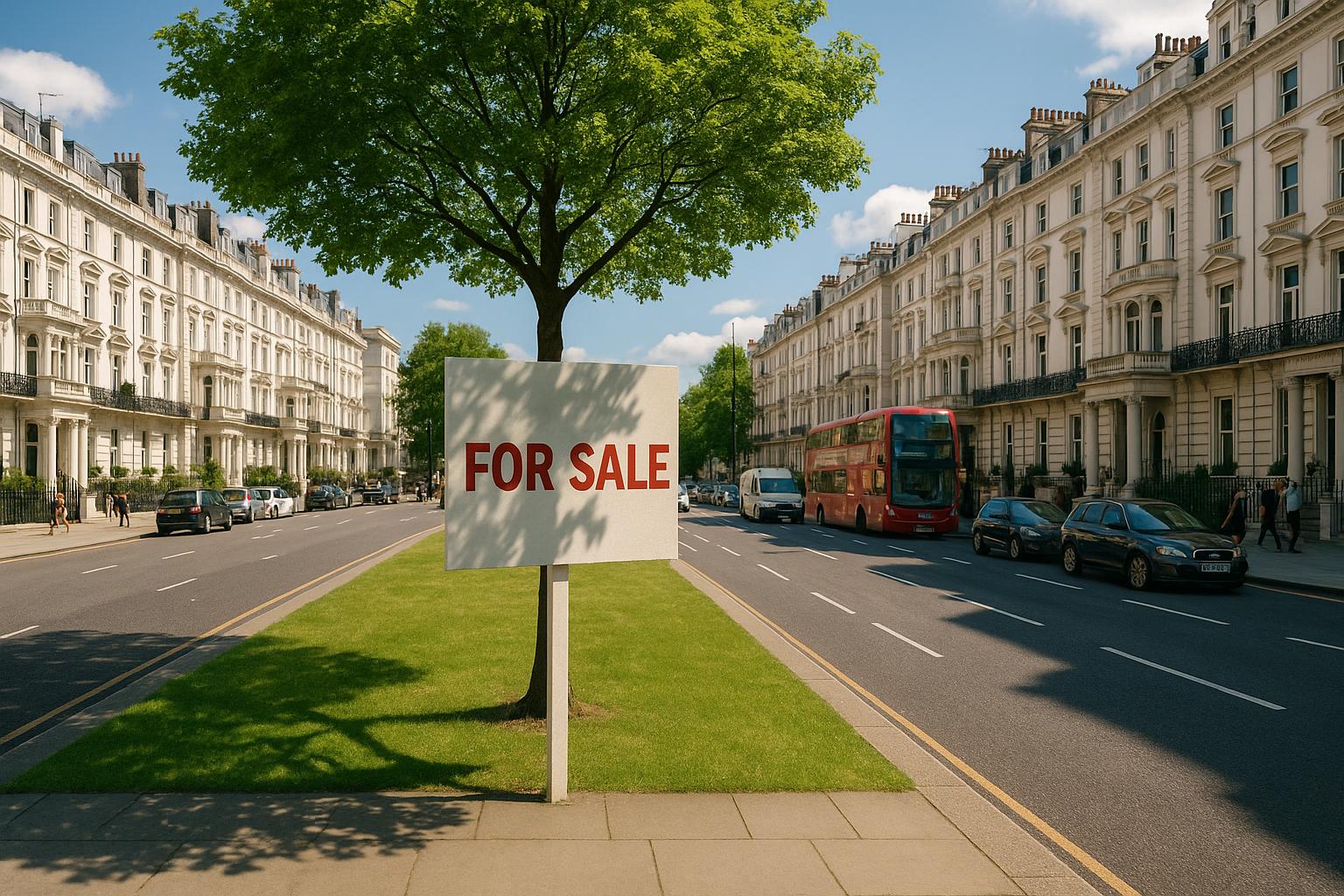London stands out as one of the greenest major capitals globally, with approximately 20% of its area dedicated to public parks and open spaces. Nearly half of London’s landscape is interspersed with greenery and waterways, which collectively cover more land than the city’s railways and roads combined. This extensive integration of nature not only enhances the city’s environmental quality but also plays a pivotal role in shaping its property market.
Analysis by Jefferies London highlights the substantial value London’s green spaces add to residential property prices. Homes bordering the capital’s iconic royal parks typically command a significant price premium. The average house price near these royal parks stands at around £1,051,765, representing an 86% uplift compared to the broader London average of approximately £566,000. This premium underscores the high desirability and prestige associated with park-adjacent living.
Among the royal parks, Green Park properties command the highest premiums, with average prices reaching around £1.64 million, which is a striking 73% above the Westminster borough average. Hyde Park and St James’s Park also deliver substantial premiums, with homes selling for 58% and 51% more than their respective borough averages. Kensington Gardens offers a 31% uplift in property values, while The Regent’s Park and Primrose Hill provide relatively lower premiums of 19%. These figures are consistent with other estate agent insights, such as those presented by Benham & Reeves, who report that homes near major parks like St James’s Park, Green Park, Regent’s Park, Kensington Gardens, and Hampstead Heath often sell for more than 165% above the average London price per square foot.
Interestingly, however, the impact of green spaces on property prices is not uniformly positive across all parks. For example, properties near Bushy Park in Richmond upon Thames are actually around 23% cheaper than the borough average, making it the most affordable park-adjacent area relatively speaking. Greenwich Park offers a modest 4% premium, while Brompton Cemetery and Richmond Park sit slightly below their borough averages, by 2% and 7%, respectively.
The market shift toward valuing communal green space intensified during the Covid-19 pandemic, as the public’s desire for accessible nature grew markedly. Preferences pivoted away from large private gardens, which are scarce and expensive, toward convenient access to parks and communal outdoor spaces. This change has manifested in price hikes for properties near central London’s prime parks, with estate agents like Winkworth noting increases between 30% and 100%. Even smaller parks have contributed premiums of up to 15%, reinforcing the importance of these green spaces for exercise, socialising, family activities, and mental well-being, especially where private gardens are limited.
High-end residential developers have recognised this trend, incorporating private landscaped gardens into their projects to complement proximity to major parks. For instance, the 100 Kensington development offers residents private garden access while being just a short walk from Hyde Park, Holland Park, and Kensington Palace Gardens. Such developments strategically combine urban luxury with natural tranquility, thereby enhancing lifestyle appeal and securing long-term property value growth.
Beyond green space, other factors are increasingly shaping London’s property market. For example, Jefferies London has observed strong demand for properties featuring mega-basements—luxurious subterranean extensions with amenities like swimming pools and gyms—that can command premiums as high as 122%. Furthermore, sustainability credentials are becoming a critical value driver. JLL’s hedonic analysis of nearly 600 Central London transactions between 2017 and 2021 reveals that environmentally sustainable buildings are commanding higher prices and rents. The market’s growing focus on environmental performance is elevating the appeal and value of real estate with strong green credentials, indicating that sustainability is now a key factor alongside location and amenities.
Together, these trends illustrate a dynamic London property market where access to green spaces, environmental sustainability, and innovative luxury features are commanding rising premiums, reshaping the capital’s residential landscape.
📌 Reference Map:
- Paragraph 1 – [1] (Metro), [4] (Which?)
- Paragraph 2 – [1] (Metro), [2] (Property Reporter)
- Paragraph 3 – [1] (Metro), [3] (Benham & Reeves), [5] (Property Soup)
- Paragraph 4 – [1] (Metro)
- Paragraph 5 – [1] (Metro), [4] (Which?)
- Paragraph 6 – [1] (Metro)
- Paragraph 7 – [6] (Jefferies London), [7] (JLL)
Source: Noah Wire Services
